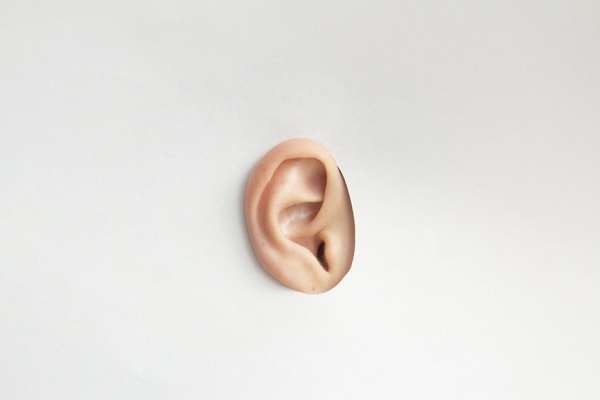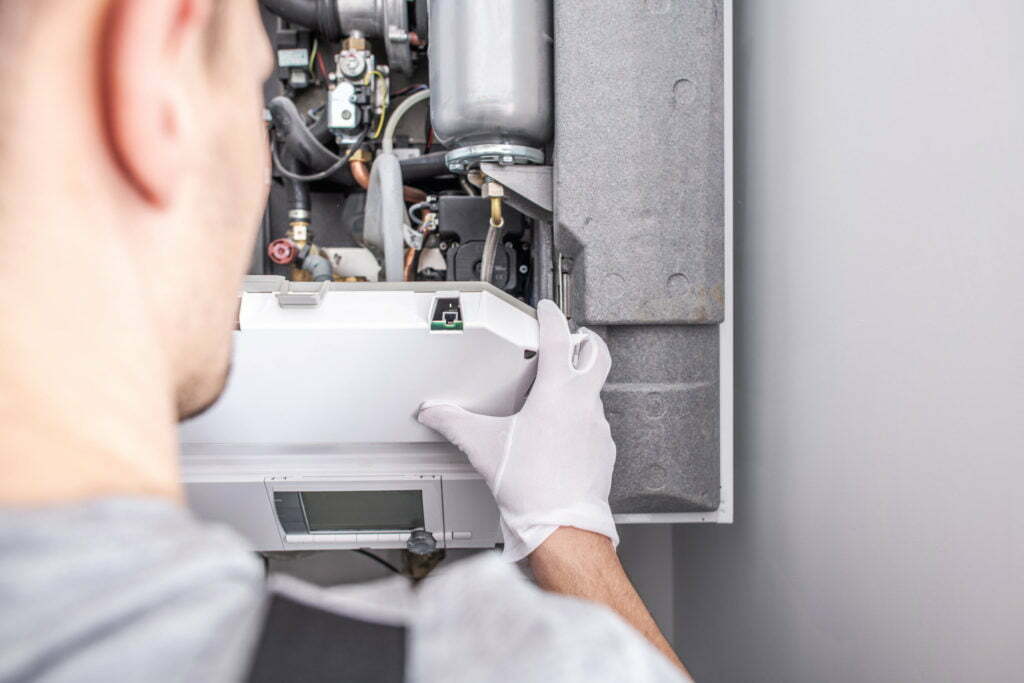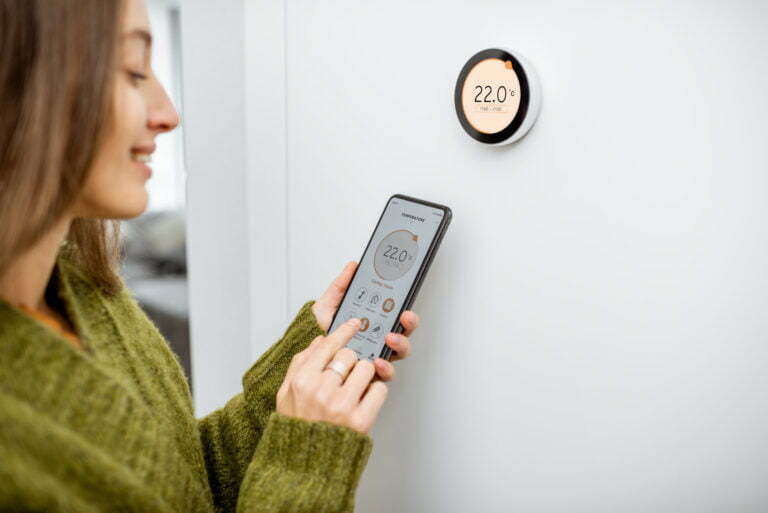A furnace heat exchanger is a component of a furnace that helps heat a home. The furnace blows hot air through the tubes of metal of the heat exchanger that make up its insides, which heats the air in the home and makes things more comfortable during the winter. The heat exchanger also helps to keep the furnace clean by preventing the hot air from coming into contact with the furnace’s metal components. Like any device, these can break over time. To prevent needing to replace it, learning the disadvantages and when to seek help to fix them is important for your wallet and your quality of life.
They can be noisy and dirty.

Most people would agree that one of the worst sounds a person can hear is a furnace running. The sound of the blower motor, the gas flames igniting, and the metal pipes rattling can be quite irritating. What you may not know is that all of that noise is not just coming from the furnace itself, but also the furnace’s heat exchanger. Annual furnace maintenance from a furnace technician that works for a reliable maintenance company is the best way to keep you informed about the condition of your furnace when the noise becomes too much.
If your furnace heat exchanger is dirty or covered in debris, it can significantly reduce the efficiency of your heating system and may even cause damage. Dirt is a big culprit in any furnace problem and the most extreme cases can be prevented by routine maintenance. Dirt and debris can lead to deterioration of the metal of the heat exchanger in your furnace and leads to respiratory issues, a big health risk. Seeking out maintenance checks for your furnace heat exchanger system can save you a lot of heartaches and keep buildup from ruining your furnace.
They can be a potential fire hazard.

If there is a problem with your heat exchanger, it could lead to a dangerous fire. This makes it even more important to keep your furnace technician on scheduled visits to help clean your furnace and its heat exchanger to prevent damage to your home. You can prevent a fire from happening in your home by asking a furnace technician about installing a heat exchanger guard.
We all know the dangers of carbon monoxide gas; it’s an odorless gas that can cause dizziness, confusion, fatigue, and death. Depending on the type of fuel your furnace runs on, if its heat exchanger catches fire, you can be exposed to CO poisoning. Make sure you have a CO alarm installed in your home just in case your furnace heat exchanger causes a fire.
They can cost a lot to replace.
Finding out your furnace is broken is bad news. If your heat exchanger is not working properly, it can increase your heating costs. If your furnace is more than 10 years old, it’s a good idea to have it inspected for a possible heat exchanger failure. A broken heat exchanger can release carbon monoxide gas into your home, which can be deadly. A technician can have a closer look at your furnace to see whether you need to replace it or not.
As such, the age of your furnace is a warning sign that you could face a heat exchanger failure soon. Sometimes homeowners can’t tell if a furnace is still in good condition with the naked eye, so finding a technician to see if anything is broken can help prevent harmful gases and fumes from entering the airflow of your home unexpectedly.
Regular maintenance will also let you know if anything in your heat exchanger is cracked. Cracks are also a big warning sign, as they can ruin the whole furnace, overheating it and causing damage to your home.
Winters can become very harsh and a high-efficiency furnace can improve our quality of life without worrying about setting off the CO detector or causing a fire with combustion fumes. The heat exchanger is an important furnace component not many know they should be looking into. Keeping your entire home in good condition means seeking out educating information about the dangers and how you can prevent them by seeking annual maintenance.




